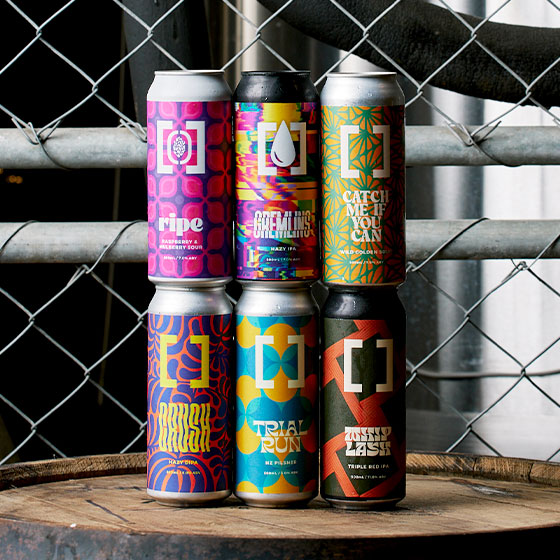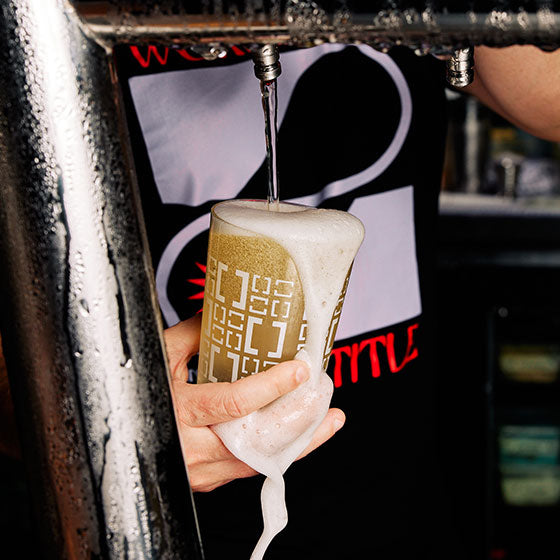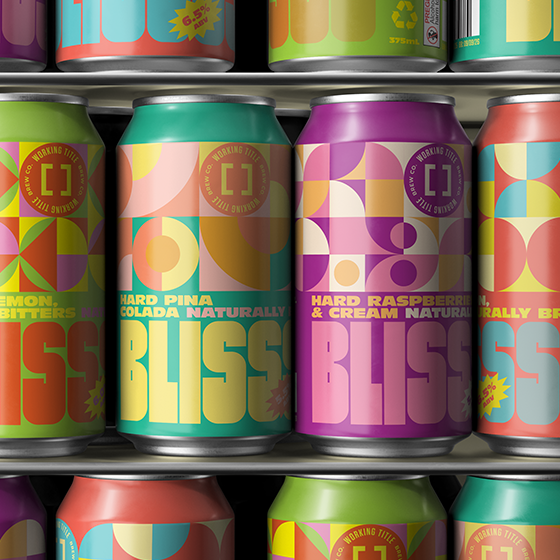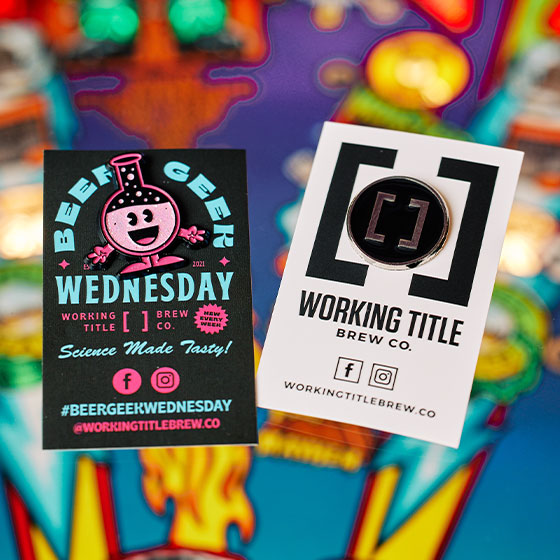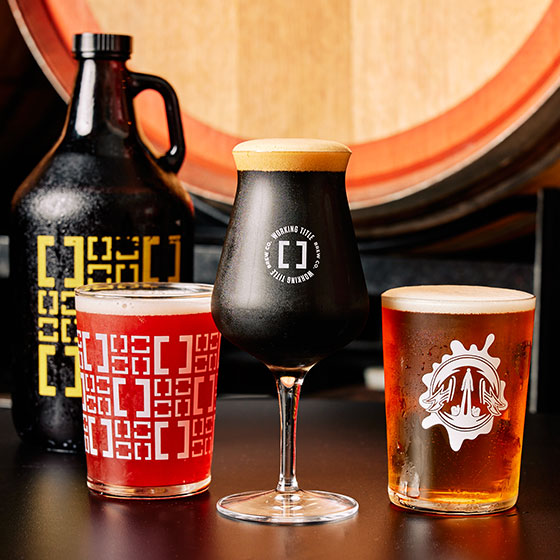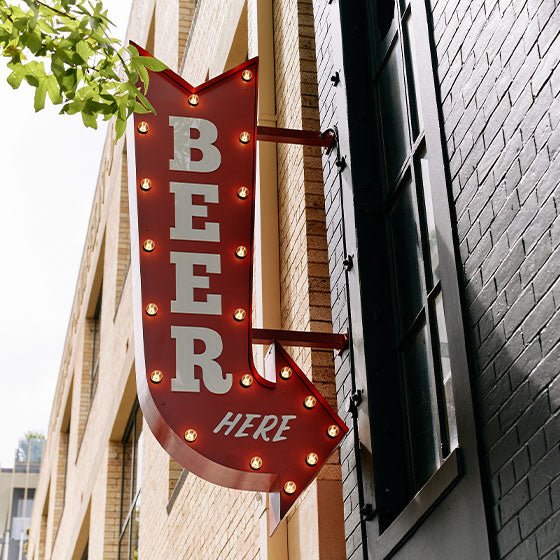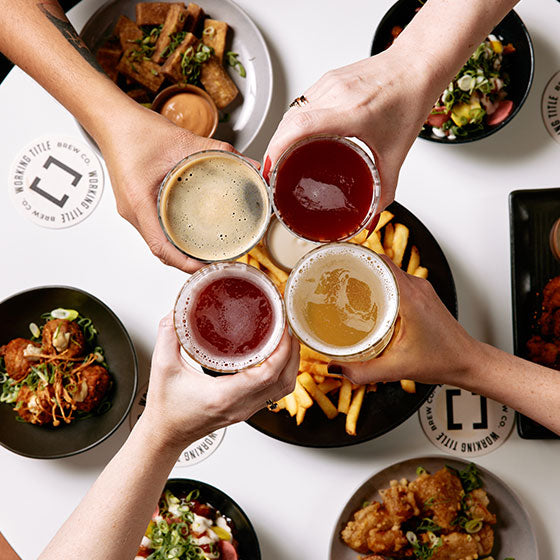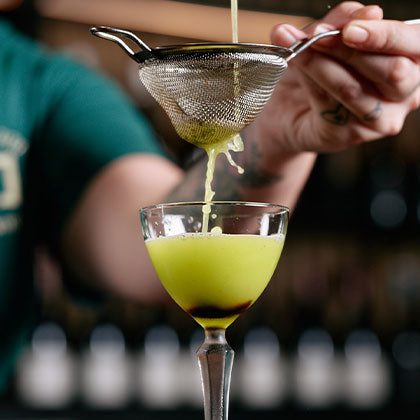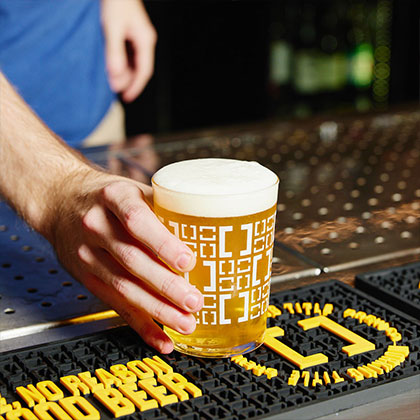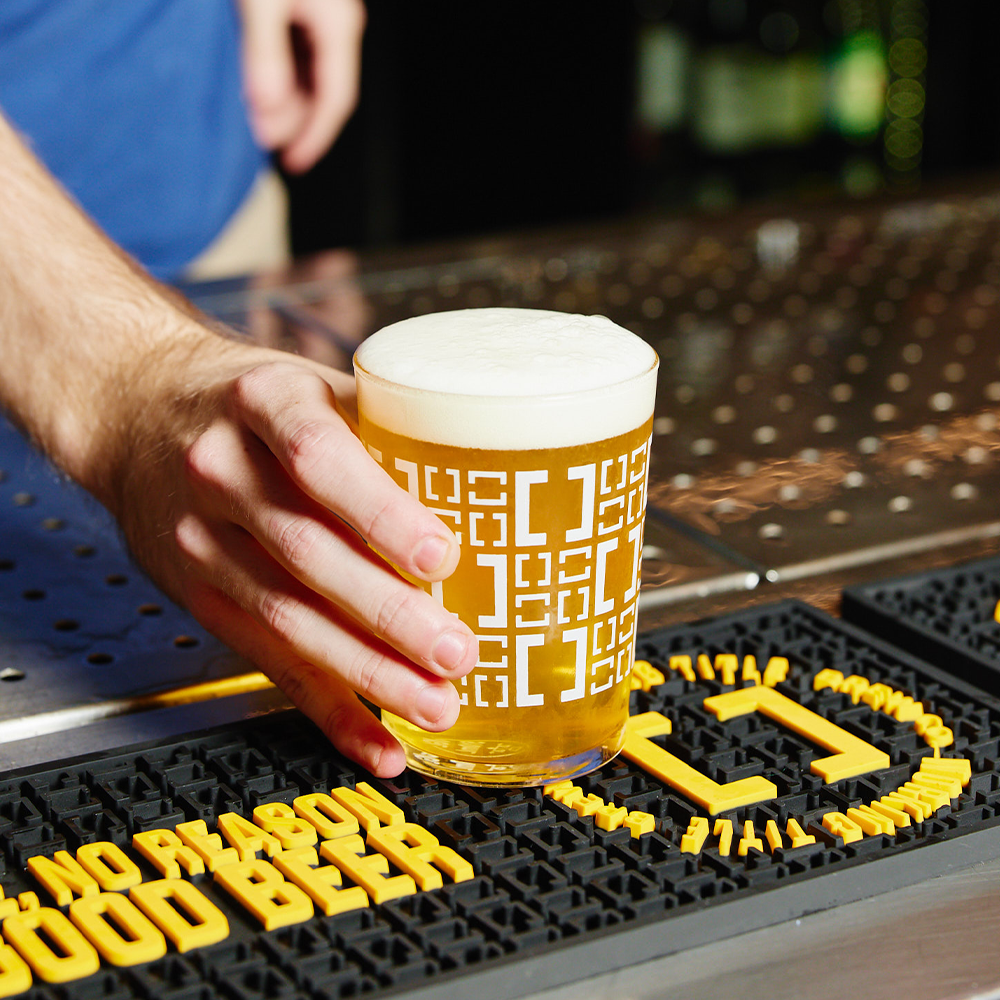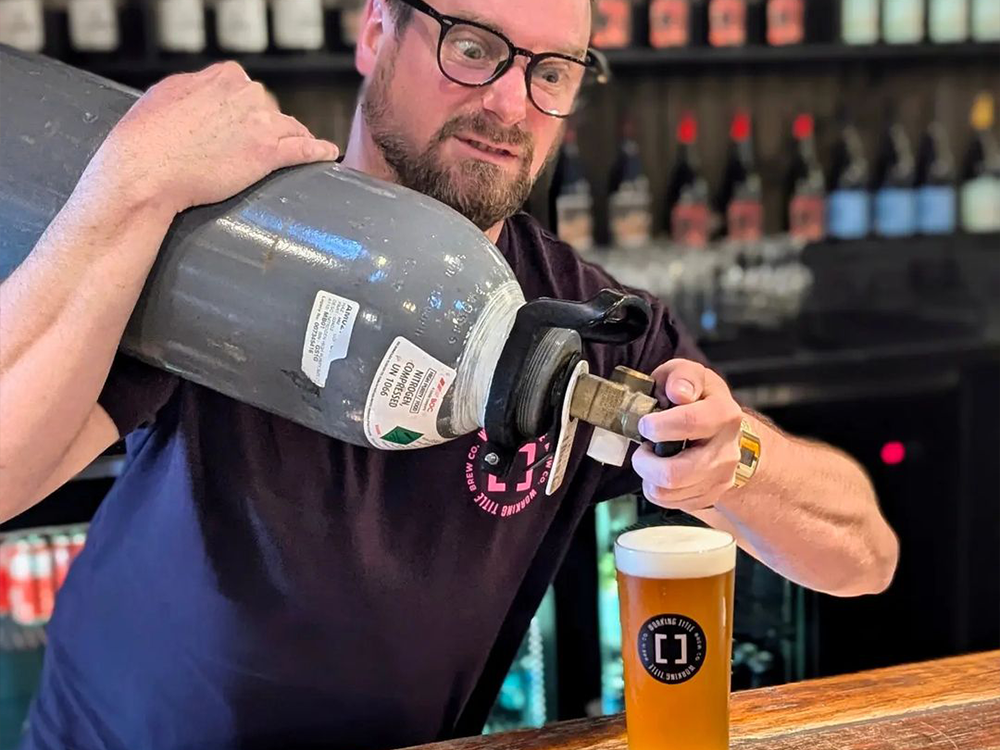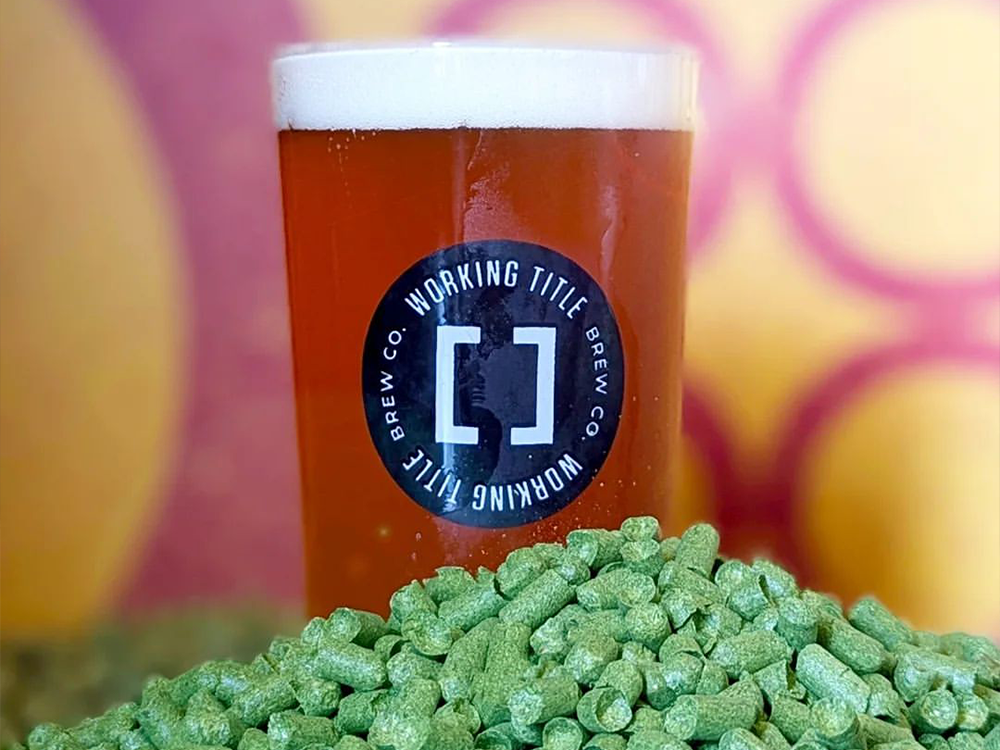One facet of dry hopping that I’ve always found intriguing is that it can either increase or decrease the perceived bitterness depending on the IBU of the beer. For beers on the lower end of the IBU spectrum, dry hopping can add even more perceived bitterness by adding compounds like humulene. And while humulene is not as bitter as iso-alpha-acid, it does contribute to bitterness. Conversely, for beers with a lot of IBU, these acids stick to the dry hop matter and are effectively fined out of the beer with the spent hops. And this reduces the overall perceived bitterness, even taking the addition of humulene into account.
This week we made a WC Pale. I’ve been pestering the higher ups to make one since we started. But we all know Luke is a dbag.
For this one, we let the beer complete fermentation and condition at 10oC for well over a week before dry hopping. I wanted to get as much yeast flocculating out as possible. And without a centrifuge we just had to play the waiting game. When the beer looked clear adjacent (again, a very scientific approach) we dry hopped at 8g/L. Initial perception would indicate the not only is the hop intensity greater but the hop complexity is superior as well, with a bunch of flavours I wasn’t expecting from the varieties used.
All this pseudoscience needs is some anecdotal evidence, so tell us what you think this Sunday at @netherworldarcade when it makes its debut on tap for their extremely sold out BOWL-A-RAMA event.
Not really geeky but it’s definitely Wednesday, and it’s mostly a beer.

